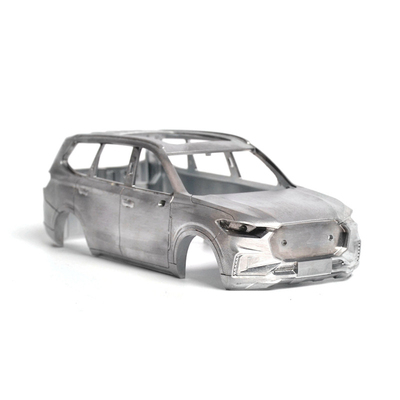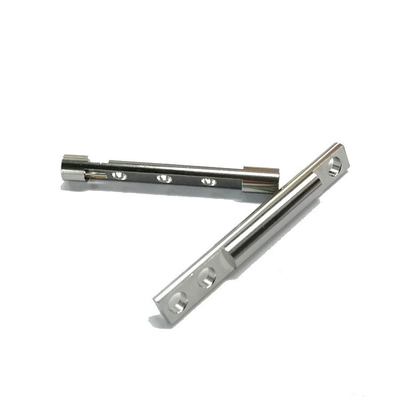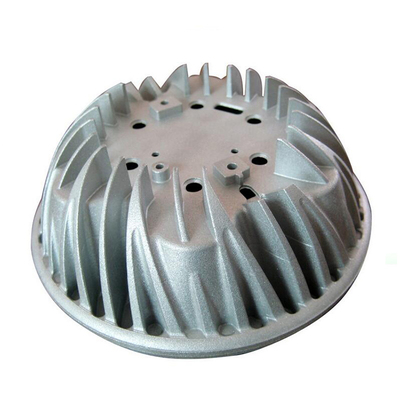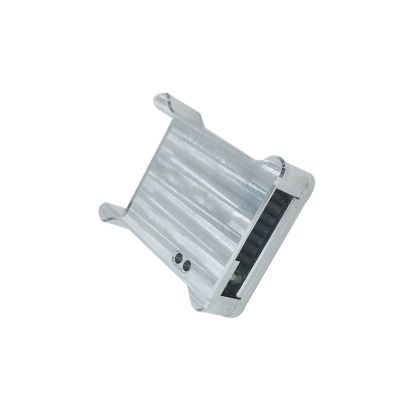How Does 3D Printing Revolutionize The Healthcare Field?
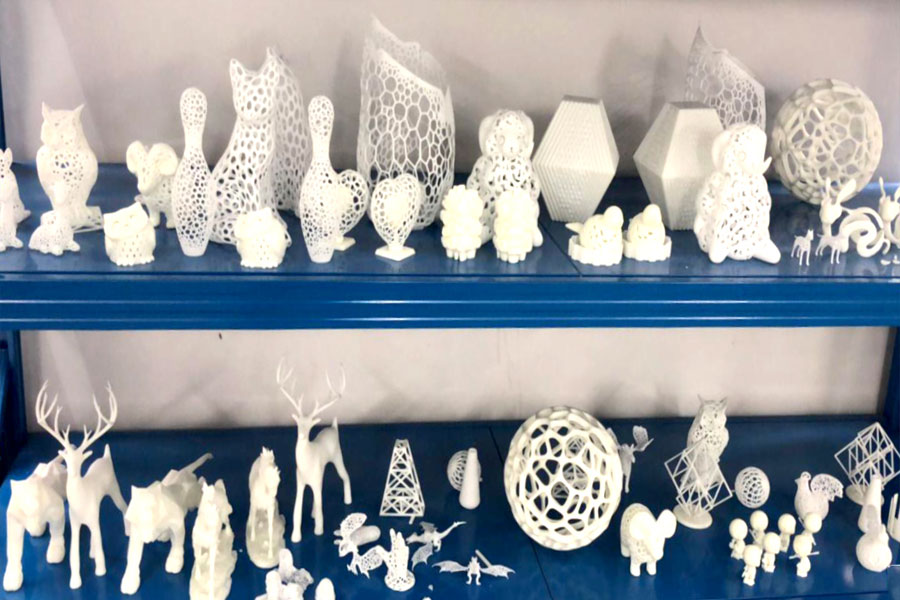
In 1983, Chuck Hall, the father of 3D printing, made the world's first 3D printer and used it to print a small eyewash cup.
This is just a cup, small and dark, looks very ordinary, but this cup paved the way for the revolution. Now, this technology is changing the medical industry in dramatic ways.
As the cost of healthcare in the United States continues to soar and no political solution is in sight, this technology may provide some much-needed relief.
The following are just some of the ways 3D printing has changed the medical industry.
Personalized prosthesis
Previously, 3D Tiger reported the story of Amanda Boxtel. Since Amanda Boxtel was paralyzed in the waist, using a robot suit from Ekso Bionics, she was able to do some exercises within her capacity, but it was very uncomfortable to wear. And it cannot have the symmetry and freedom of motion range like others.
Unlike other traditional restorations produced by other traditional factories, 3D printed restorations are customized for each user. By capturing Amanda’s unique dimensions digitally, the manufacturer was able to tailor her to a tailor-made suit, just like a tailor, creating a beautiful, lightweight design that matched Amanda’s figure.
is now using this same technology to create conformal ventilation scoliosis orthoses, prostheses, and other products.
Bioprinting and tissue engineering
In an article published in the latest issue of the Australian Journal of Medicine, surgeon Jason Chuen led his colleagues to achieve major technological breakthroughs that may eventually eliminate the need for human organ transplants. Here is how it works:
3D printing is the computer stacking of specific materials (usually plastic or metal powder) until the final product is completed, whether it is a toy, sunglasses or a scoliosis orthosis. The medical field is using the same technology to construct tiny organs or "organoids", but using stem cells as production materials. Once these steroids are built, they can grow in the patient's body in the future and be transplanted when organs such as the kidney or liver fail.
3D printed skin for burn victims
This may sound incredible, but its impact and cost savings make the breakthrough of 3D printing technology in this area particularly huge. For centuries, burn victims have extremely limited options for healing their broken skin. Skin transplantation is painful and also bears pressure from the appearance; hydrotherapy solutions have limited effects. But Spanish researchers have now adopted 3D printing technology to show a prototype of a biological 3D printer that can produce human skin. The researchers used bio-inks made of human plasma and materials extracted from skin biopsy tissues to conduct research. They were able to print about 100 square centimeters of human skin in about half an hour. The impact of this technology on burn victims is endless.
Pharmacology
Finally, 3D printing has the potential to disrupt the pharmaceutical field and greatly simplify the daily lives of patients suffering from multiple diseases. Many of us take dozens of tablets a day or a week, and the interaction between the tablets and the timing of taking them can exhaust patients to a certain extent.
But 3D printing is the epitome of precision. Unlike traditionally manufactured capsules, 3D printed pills can hold multiple drugs at the same time, each with a different release time. This so-called "polypill" concept has been tested for diabetics and shows great promise.
Bottom line
In the medical world, treatments, organs and devices are inseparable components, and they will undergo revolutionary changes with the help of 3D printing technology. With the increase in accuracy, speed and cost reduction, the way we treat and manage our health will never be the same.
Link to this article:How Does 3D Printing Revolutionize The Healthcare Field?
Reprint Statement: If there are no special instructions, all articles on this site are original. Please indicate the source for reprinting:https://www.cncmachiningptj.com/,thanks!
 3, 4 and 5-axis precision CNC machining services for aluminum machining, beryllium, carbon steel, magnesium, titanium machining, Inconel, platinum, superalloy, acetal, polycarbonate, fiberglass, graphite and wood. Capable of machining parts up to 98 in. turning dia. and +/-0.001 in. straightness tolerance. Processes include milling, turning, drilling, boring, threading, tapping, forming, knurling, counterboring, countersinking, reaming and laser cutting. Secondary services such as assembly, centerless grinding, heat treating, plating and welding. Prototype and low to high volume production offered with maximum 50,000 units. Suitable for fluid power, pneumatics, hydraulics and valve applications. Serves the aerospace, aircraft, military, medical and defense industries.PTJ will strategize with you to provide the most cost-effective services to help you reach your target,Welcome to Contact us ( [email protected] ) directly for your new project.
3, 4 and 5-axis precision CNC machining services for aluminum machining, beryllium, carbon steel, magnesium, titanium machining, Inconel, platinum, superalloy, acetal, polycarbonate, fiberglass, graphite and wood. Capable of machining parts up to 98 in. turning dia. and +/-0.001 in. straightness tolerance. Processes include milling, turning, drilling, boring, threading, tapping, forming, knurling, counterboring, countersinking, reaming and laser cutting. Secondary services such as assembly, centerless grinding, heat treating, plating and welding. Prototype and low to high volume production offered with maximum 50,000 units. Suitable for fluid power, pneumatics, hydraulics and valve applications. Serves the aerospace, aircraft, military, medical and defense industries.PTJ will strategize with you to provide the most cost-effective services to help you reach your target,Welcome to Contact us ( [email protected] ) directly for your new project.

- 5 Axis Machining
- Cnc Milling
- Cnc Turning
- Machining Industries
- Machining Process
- Surface Treatment
- Metal Machining
- Plastic Machining
- Powder Metallurgy Mold
- Die Casting
- Parts Gallery
- Auto Metal Parts
- Machinery Parts
- LED Heatsink
- Building Parts
- Mobile Parts
- Medical Parts
- Electronic Parts
- Tailored Machining
- Bicycle Parts
- Aluminum Machining
- Titanium Machining
- Stainless Steel Machining
- Copper Machining
- Brass Machining
- Super Alloy Machining
- Peek Machining
- UHMW Machining
- Unilate Machining
- PA6 Machining
- PPS Machining
- Teflon Machining
- Inconel Machining
- Tool Steel Machining
- More Material

